 |

|
|
|
|
|
 |
|
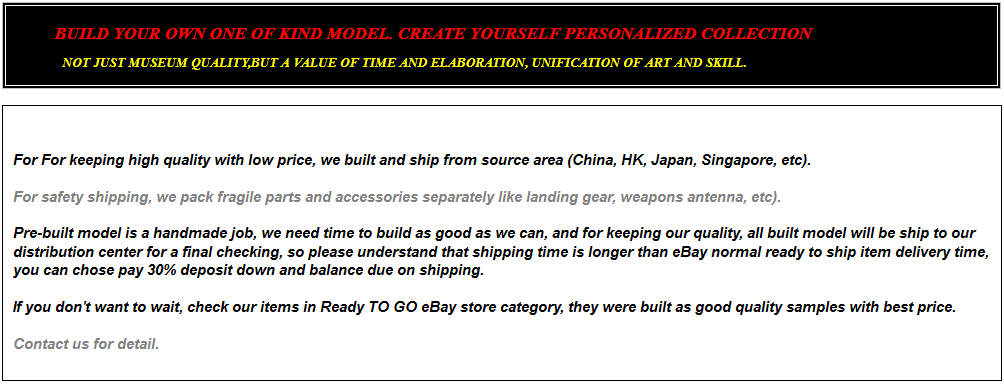 |
|

|
| Item Name:
|
.US Army T28 Super Heavy Tank /Self-Propelled Anti Tank Gun
|
| Kits |
.Dragon
|
|
Scale: |
.1:35
|
| Builder: | .Volcano
| | Item Status: | .Built To Order / Pre-Order
| | 
| Detail features:
Award winner built with paint and realistic heavy weathering. US Army Green with accurate unit markings. Top building quality with outstanding details throughout the whole model and very high standard accuracy on every individual part. Add brass photo-etched parts and aluminum parts. Crane and gun detail. Track links with road wheel detail. Hull and deck details. Add on vehicle tools and more add-on details.
- Top building quality with great details overall
- Aluminum gun barrel add on
- PE brass parts add on for mount and more
- T28 can be assembled in either combat or travel modes- T28 can be assembled in either combat or travel modes
- Newly tooled T28 rendered w/details
- Newly designed suspension system and realistically represented road wheels
- .50-cal machine gun w/pedestal mount on casemate roof
- Cupola hatches can be assembled open/closed
- Hatches on engine deck can be assembled open/closed
- Round-shaped trunnions w/cast detail
- Bolted connecting plate for mantlet
- Track-removal jibs reproduced w/crisp detail
- Delicate cable guides molded on T28 side
- Intricate storage box provided
- One-piece lower hull offers easy assembly
- Intricate upper hull assembled from separate pieces
- Slide-molded one-piece hull body
- Bogies w/plunger springs reproduced
- Detailed sprockets w/fine details;
- Idler wheels have detailed parts
- Horns and protective brackets realistically reproduced
- DS tracks reproduced w/refined detail
- Crane with sharp detail and add on cable
- On-vehicle tools reproduced
Buffing and polishing to remove mold seam. Base color with primer and putty for better surface detail. Airbrushed and painted with multicolor. Add clear paint for good finish on decal applying. Washing to enhance the surface detail increase the appearance of depth including panels, doors, hatches, rivets, bolt head, and more. Dry brushing to emphasis and highlight texture with an edge for good wear, tear, and fading. Multi-color filters for blend color effects. Add nonglossy paint for better finishing. The great detail paint job on rust and paint chips off with scratches, worn and bare metal realistic simulating, flow rust and rain streaks effects, grease with staining appearing, engine smoking and muffler burned representing. Also, smear and dirt with dust and real mud and more on real-life weathering. Final protective layer for long-term collection.

 |
2908
| | | |

|
 |
 |
| 1
Dream Works Hobby |
 |
| 2
Dream Works Hobby |
 |
| 3
Dream Works Hobby |
 |
| 4
Dream Works Hobby |
 |
| 5
Dream Works Hobby |
 |
| 6
Dream Works Hobby |
 |
| 7
Dream Works Hobby |
 |
| 8
Dream Works Hobby |
 |
| 9
Dream Works Hobby |
 |
| 10
Dream Works Hobby |
 |
| 11
Dream Works Hobby |
 |
| 12
Dream Works Hobby |
 |
| 13
Dream Works Hobby |
 |
| 14
Dream Works Hobby |
 |
| 15
Dream Works Hobby |
 |
| 16
Dream Works Hobby |
 |
| 17
Dream Works Hobby |
 |
| 18
Dream Works Hobby |
 |
| 19
Dream Works Hobby |
 |
| 20
Dream Works Hobby |
 |
| 21
Dream Works Hobby |
 |
| 22
Dream Works Hobby |
 |
| 23
Dream Works Hobby |
 |
| 24
Dream Works Hobby |
 |
| 25
Dream Works Hobby |
 |
| 26
Dream Works Hobby |
 |
| 27
Dream Works Hobby |
 |
| 28
Dream Works Hobby |
 |
| 29
Dream Works Hobby |
 |
| 30
Dream Works Hobby |
|
 |
The T28 Super Heavy Tank was an American heavily armored tank/self-propelled gun designed for the United States Army during World War II. It was originally designed to be used to break through German defenses of the Siegfried Line, and was later considered as a possible participant in the planned invasion of the Japanese mainland.
The 100-ton vehicle was initially designated a heavy tank. It was re-designated as the 105 mm Gun Motor Carriage T95 in 1945, and then renamed in 1946 as the Super Heavy Tank T28.
Initially named Heavy Tank T95 when construction was authorized in 1944, the design did not fit in the usual categories of vehicles leading to reclassification. As it did not have its armament in a revolving turret, Ordnance requested a name change to 105 mm Gun Motor Carriage T95, the change becoming official in March 1945. However, due to its heavy armor and armament—while self-propelled guns in United States service were lightly armored—it was renamed Super Heavy Tank T28 in June 1946 by OCM 37058.
The T28/T95 was designed to be used for attacking the heavy defenses expected of the German Siegfried Line. The 105mm T5E1 gun selected was known to have very good performance against concrete and "expected to be extremely effective at reducing heavy fortifications"[4] After the vehicle passed trials, the German Siegfried Line had already been infiltrated and overwhelmed by the allied forces, so the designers decided to have the T28/T95 tanks to fight on the Japanese mainland later in the war. The Soviet invasion of Manchuria and the atom bombs (Little Boy and Fat Man) dropped on Nagasaki and Hiroshima ended the Pacific conflict in Japan before the tank was able to be transported overseas.
The need for an assault tank was first identified in 1943, Ordnance proposing that 25 vehicles could be ready for operations. A conference in March 1944 between Ordnance Department and Army Ground Forces resulted in agreement to build five. The Pacific Car and Foundry Company were supplied with the design in March 1945, completed final design and had the first hull welded by August.By the time the first tank was completed and ready for combat, the war was over.The plan for five was reduced to two.
As it did not have a turret, but a fixed casemate mount instead for its main armament, and the 105 mm gun fitted could only elevate from 19.5° to −5° and traverse from 10° right to 11° left of the centerline, the T28/T95 more closely resembled a self-propelled gun, and was redesignated as "T95 Gun Motor Carriage" in 1945, but in June 1946, the vehicle was redesignated again as "Super Heavy Tank T28".
Two prototypes of the T28 were built. They underwent evaluation at the Aberdeen Proving Ground and Fort Knox facilities until 1947. In 1947, one of the T28s was heavily damaged by an engine fire during trials at Yuma Proving Ground and was broken up and sold for scrap. The T28 never went into service due to the obsolete design, expensive maintenance costs, and the heavy weight, which prevented it from being transported across seas, but was retained to test the "durability of components on such a heavy vehicle". Work on it ended before completion as the War Department decided to stop the development of vehicles of that sort of weight[8] and the T28 program terminated in October 1947. By that point, the T29 and T30 turreted heavy tank designs had been built.The T29 mounted the same gun as the T28 in a conventional rotating turret. The T30 was developed with a larger-caliber gun and more powerful engine. The T29 program was used to test mechanical components for future tank designs.
| |
 |
 |
 |
 |
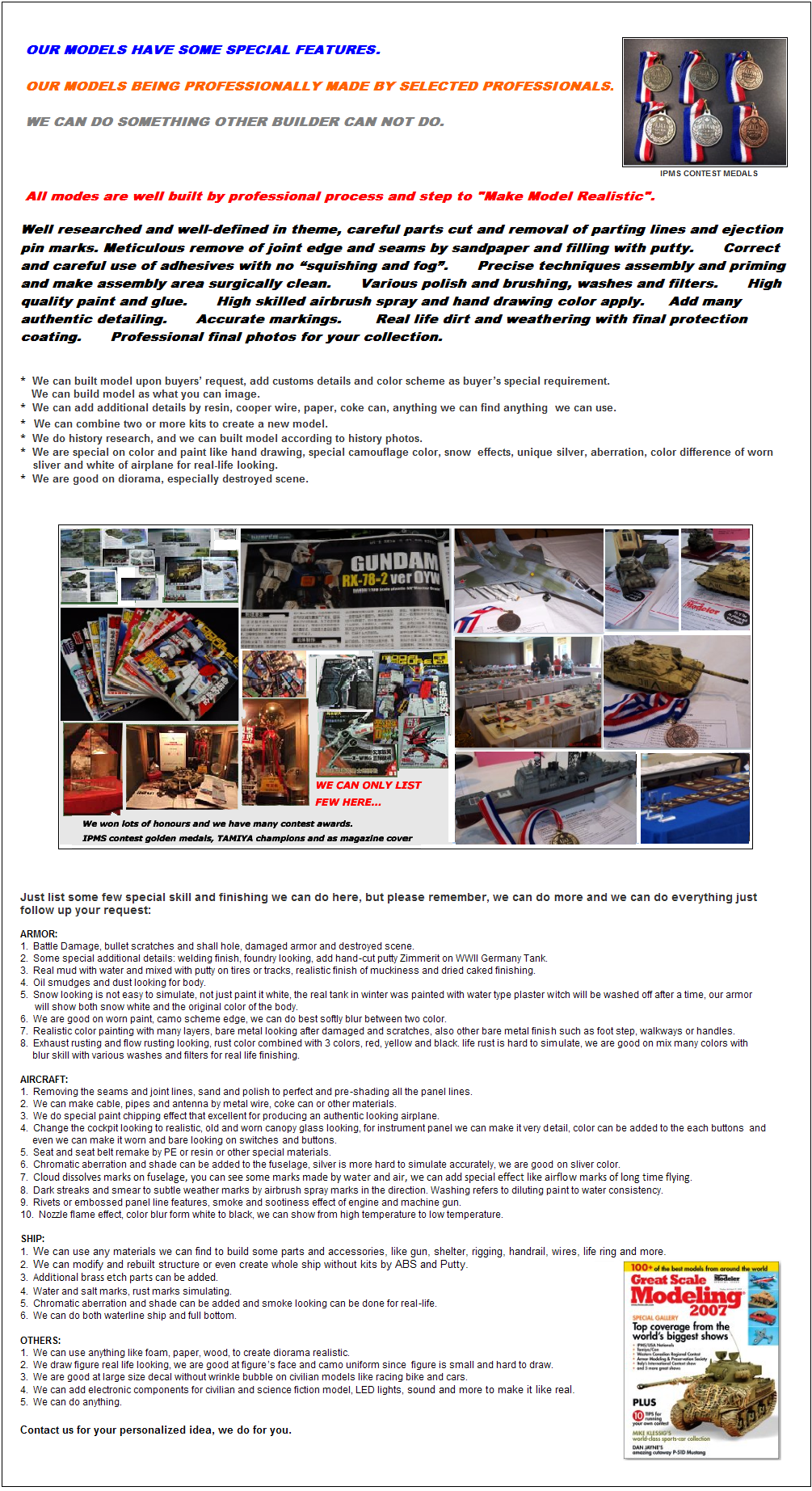
|
 |
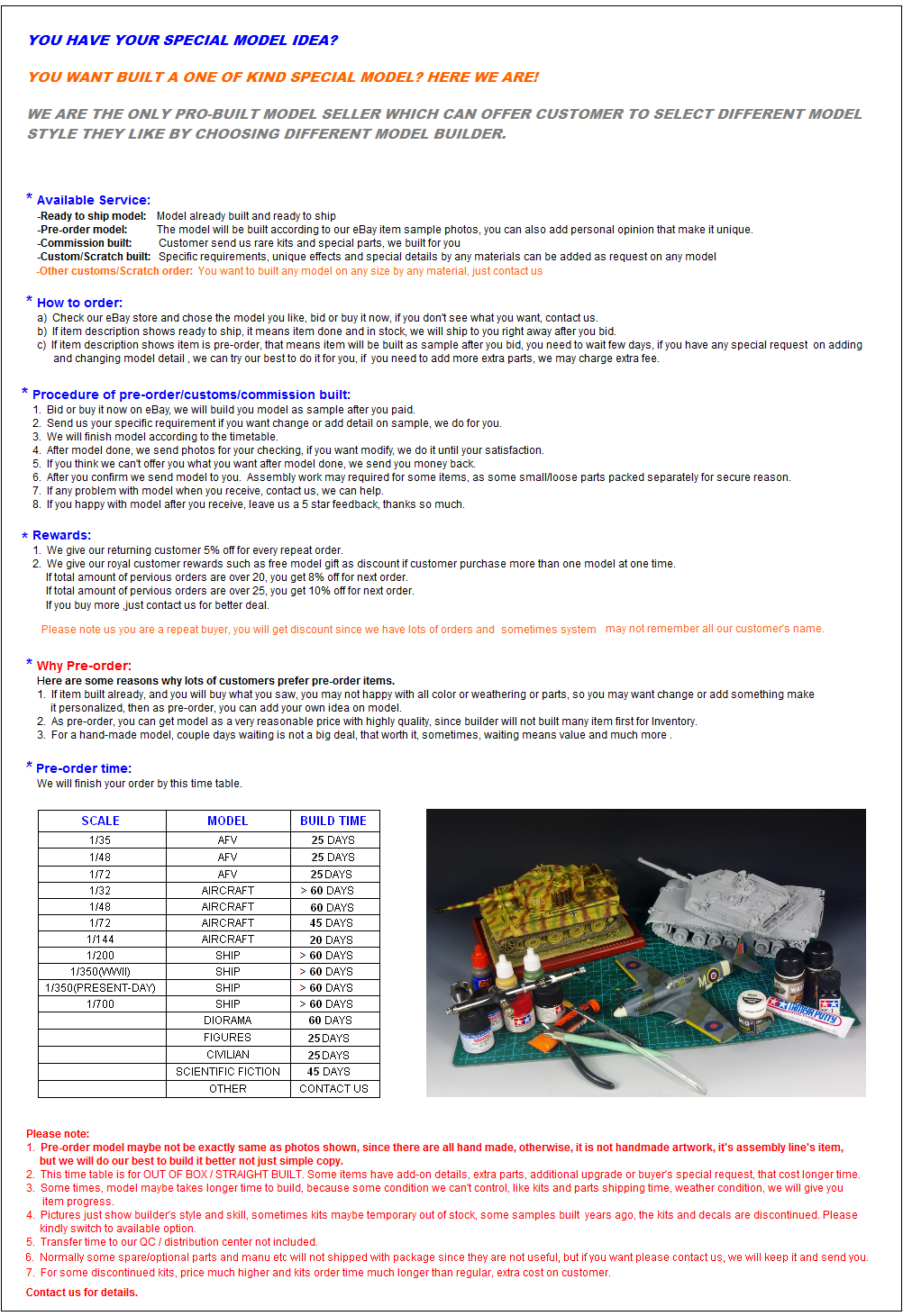 |
 |
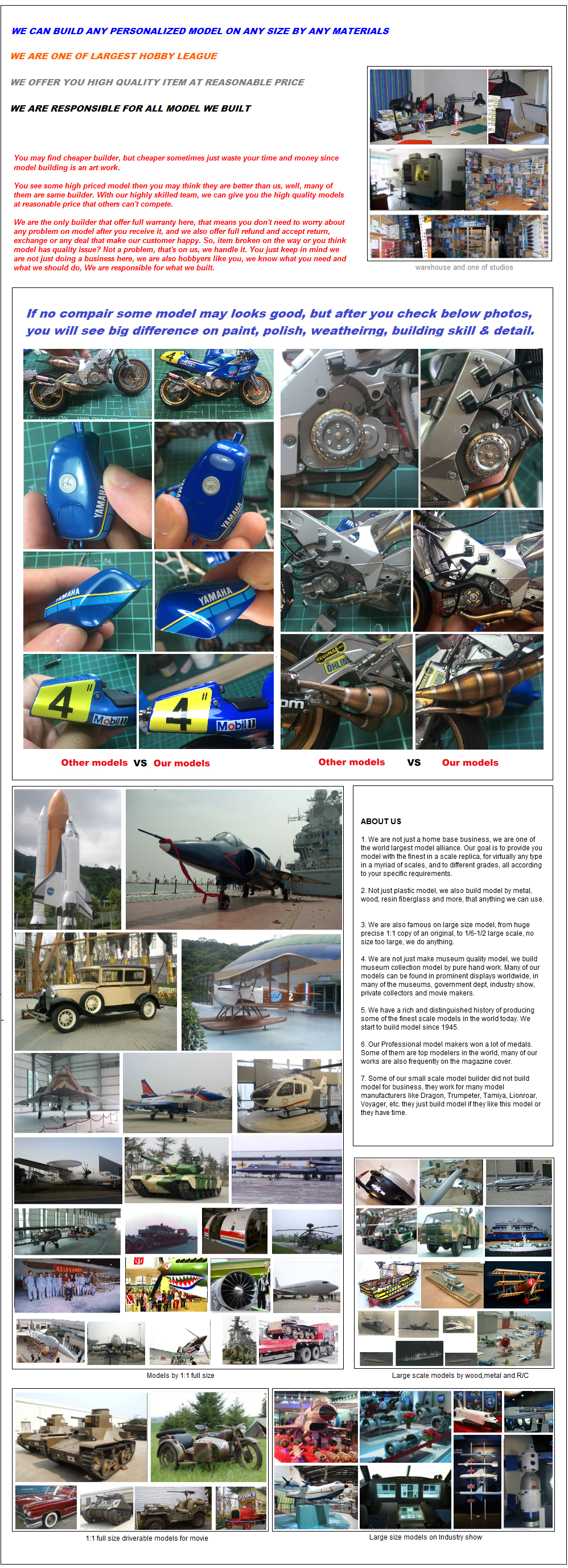 |
 |

|
 |
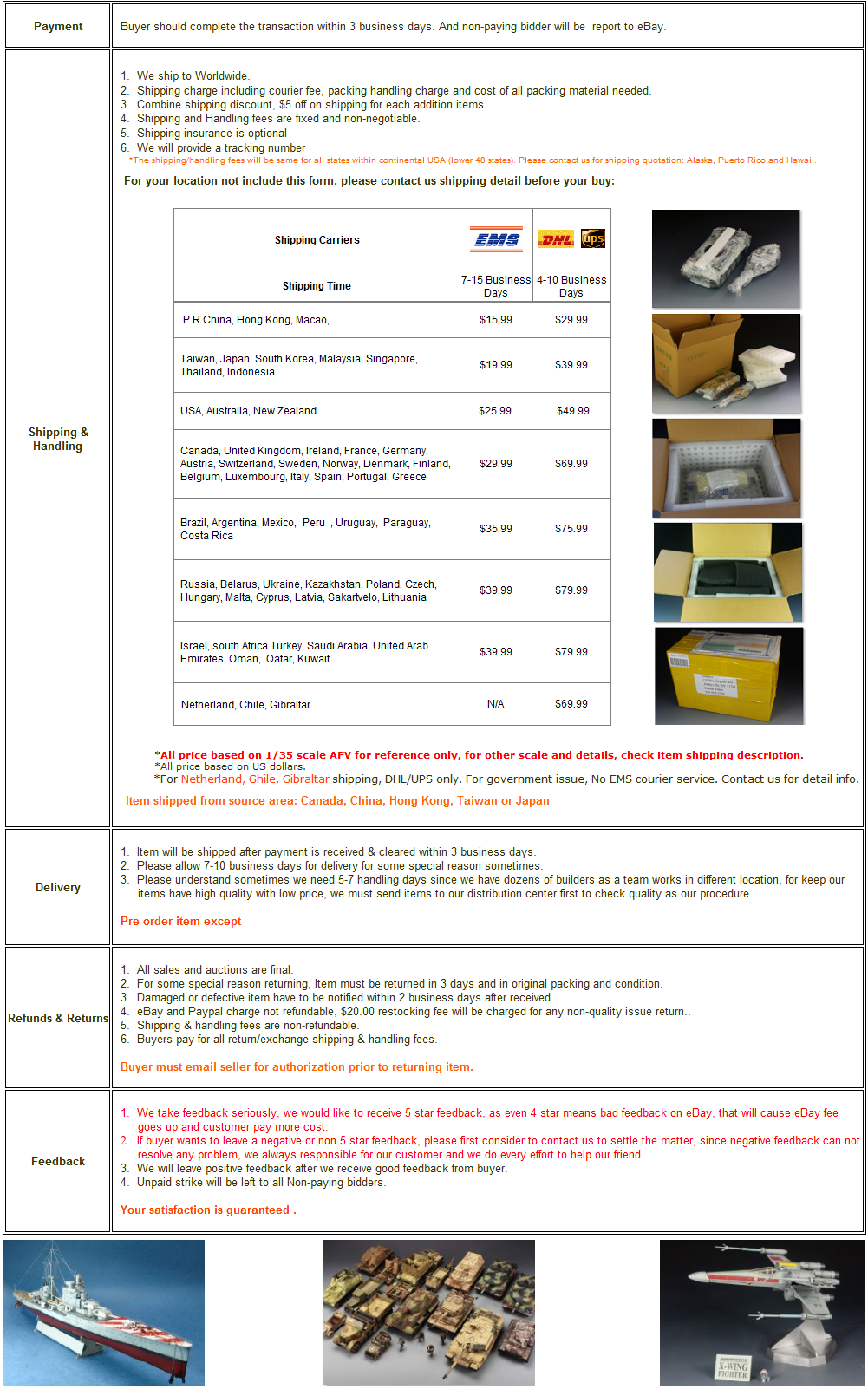
|
 |
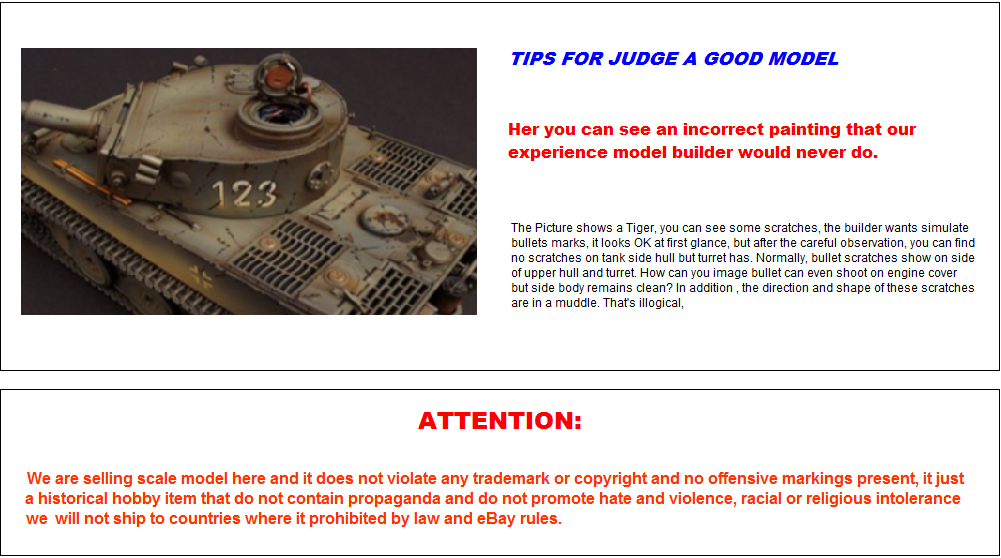
|
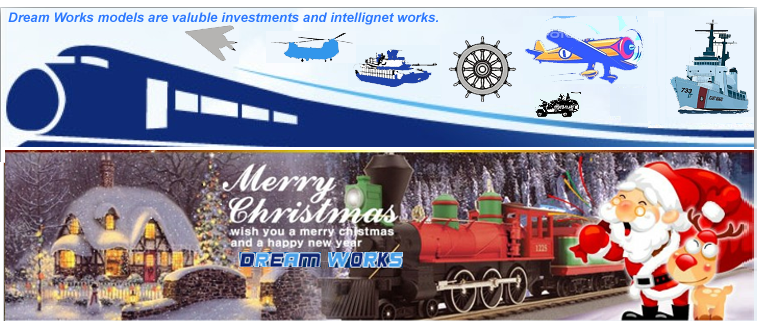 | |